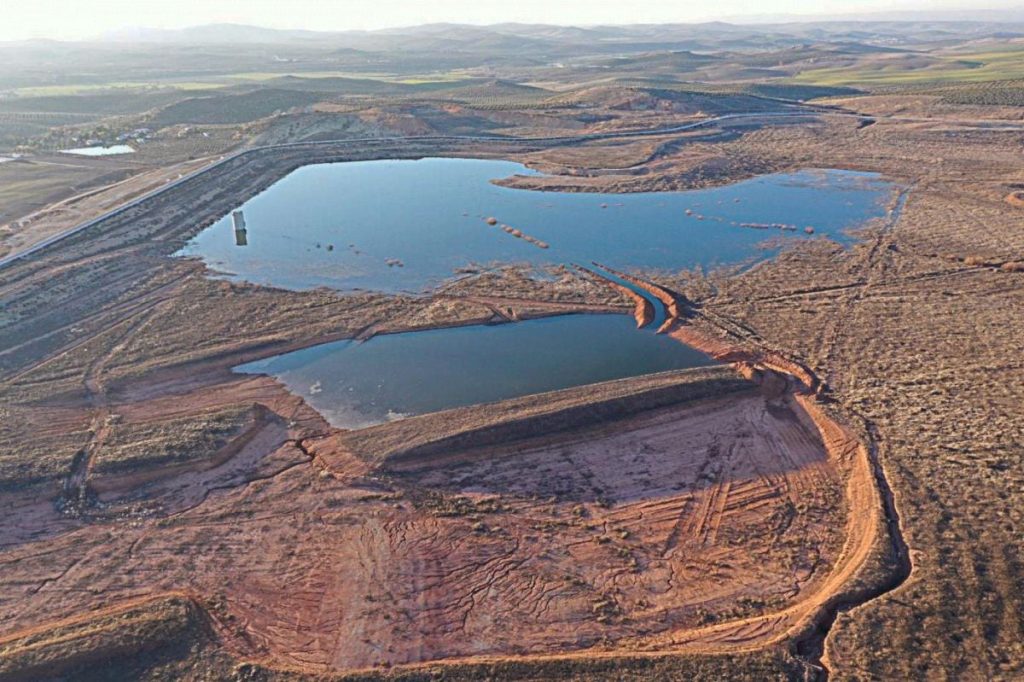The Cadimo reservoir, located near the city of Jaén, was built 15 years ago to provide water to over 15,000 hectares of olive groves in the high Guadalquivir basin, one of the areas with the highest water deficit. During construction, workers uncovered a vast archaeological site with more than 400 sites dating back to 8000 BC. The reservoir, with a capacity of over seven cubic hectometers, was completed six years ago and has remained inactive since then, causing frustration among the farmers. Additionally, there is no plan in place to recover the numerous artifacts found during the excavation, including a dolmen from the Copper Age.
Many of the artifacts were buried or submerged by the reservoir’s waters, while some were protected, such as the dolmen, which was covered and fenced off. The dolmen is considered one of the most important in the Iberian Peninsula, with evidence of Neolithic, Roman, Iberian, and Medieval periods found in the vicinity. Despite initial plans to recover and create a visitor route for the site, those plans were abandoned as construction of the reservoir progressed. The lack of a protection and valorization plan for the archaeological remains has raised concerns among experts and officials.
The Cadimo reservoir’s archaeological site has been linked to the Marroquíes Bajos site, visible from the reservoir. Marroquíes Bajos holds 5,000 years of Jaén’s history, with evidence of Roman cisterns, Iberian tombs, tanneries, and jewelry from over 3,000 years ago. While Marroquíes Bajos has a protection and valorization plan in place, the Cadimo reservoir, built to supply water to olive groves and regulate the Guadalbullón River’s flow, remains inactive due to technical difficulties in conducting load tests.
Despite a significant investment in the Cadimo reservoir’s construction, funded by the European Union, it remains non-operational and below 50% capacity due to delays in load testing and electrical supply contracts. This situation mirrors that of the Siles dam in the Sierra de Segura, where completion has been delayed since 2015, causing frustration among local farmers. The Confederation of the Guadalquivir River cites administrative issues as the main obstacle to operationalizing these water infrastructure projects.
Efforts to revitalize these reservoirs and ensure adequate water supply for agricultural purposes continue to face bureaucratic hurdles and technical challenges. The unresolved status of these projects highlights the complexities of managing water resources and balancing agricultural needs with environmental and archaeological conservation. As stakeholders call for action to activate these reservoirs, the focus remains on finding sustainable solutions to optimize water management in the region.


